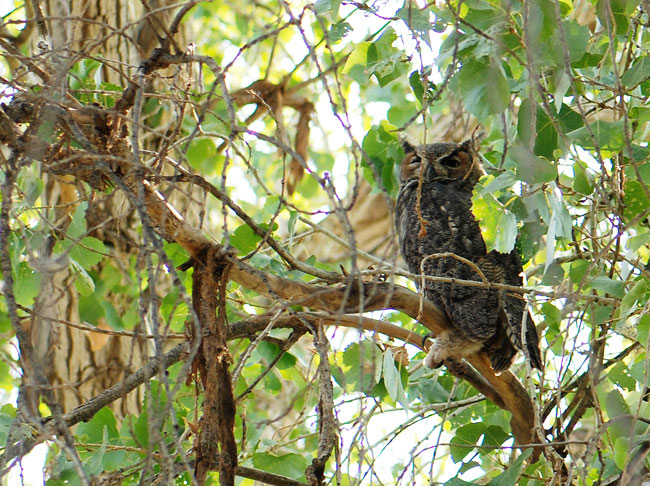 Right in time to celebrate Women’s History Month we have two brand new picture book biographies of women pioneers in STEM. For Nonfiction Monday, let’s start with The Stuff Between the Stars: How Vera Rubin Discovered Most of the Universe by Sandra Nickel and illustrated by Aimée Sicuro. We liked this one so much, we’re offering a giveaway in the Rafflecopter window below.
Right in time to celebrate Women’s History Month we have two brand new picture book biographies of women pioneers in STEM. For Nonfiction Monday, let’s start with The Stuff Between the Stars: How Vera Rubin Discovered Most of the Universe by Sandra Nickel and illustrated by Aimée Sicuro. We liked this one so much, we’re offering a giveaway in the Rafflecopter window below.
About the Book:
Vera Rubin was an astronomer who discovered some cool and important “stuff”.
From a young age, she was captivated by stargazing.
As she got older, she began to investigate swirling clusters of stars, gases, and dust known as galaxies.
 Public domain image of a galaxy from Wikimedia.
Public domain image of a galaxy from Wikimedia.
She studied where galaxies were found in space and how they moved relative to each other. When she saw the stars within galaxies move at different speeds than she thought they should, she demonstrated there was something in between the stars that we can’t see or detect, something pulling the stars. That “something” had been previously named dark matter and there is a lot of it!
Discussion:
In addition to revealing groundbreaking science, author Sandra Nickel also celebrates Vera Rubin’s passion for her work and how she kept going in spite of numerous obstacles, including others not understanding her work.
It is not easy to explain big concepts like galaxies and dark matter for young readers. Sandra Nickel has nailed it.
Aimée Sicuro’s illustrations are out of this world. They vacillate between concrete and abstract, contrasting how grounded Vera was even when her thoughts were in the galaxies. You can see what I mean in the page spread below.
If you are a regular reader, you know how we love back matter and this book does not disappoint. It includes an Author’s Note, which puts Vera’s discoveries in context, a Timeline of Vera Rubin’s Life, Notes about quotes used, and a Selected Bibliography for young scholars who want to delve more deeply.
The Stuff Between the Stars is sure to thrill budding astronomers. It would be perfect to accompany a trip to a planetarium, as well as for Women’s History Month discussions. Gaze into a copy today!
Activity Suggestions:
-
- NASA Space place as a fun Galaxy Pinwheel to print out and make, as well as more information about what a galaxy is and more about dark matter.
- Galaxy jar craft:Â Sandra Nickel describes the movement of stars in a galaxy as “like glitter caught in an invisible halo.” Check the internet for instructions for a galaxy jar craft that involves swirling glitter in a paint-filled bottle or jar. One example at Crafty Morning.
- Find more biographies of Women in STEM at Science Books for Kids.
About the Creators:
Sandra Nickel says that story ideas are everywhere; you just have to reach out and grab them. She holds an MFA in writing for children and young adults from Vermont College of Fine Arts. Her first book, Nacho’s Nachos: The Story Behind the World’s Favorite Snack, was a Golden Kite Award finalist. Sandra lives in Chexbres, Switzerland, where she blogs about children’s book writers and illustrators at whatwason.com. To learn more, visit Sandra’s website.
Twitter:Â Â @senickel
Facebook:Â @sandranickelbooks
Instagram: @sandranickelbooksAimée Sicuro is an illustrator, picture book maker, and surface pattern designer who received a BFA in Illustration from Columbus College of Art and Design. She lives in Brooklyn with her husband and young sons. Visit her website to learn more.
Twitter:Â @aimeesicuro
Instagram:Â @aimeesicuroBook Trailer
Reading age : 6 – 9 years
Publisher: Abrams Books for Young Readers (March 2, 2021)
ISBN-10 : 1419736264
ISBN-13: 9781419736261A giveaway!
One lucky winner will receive a copy of The Stuff Between the Stars courtesy of Abrams Books for Young Readers (U.S. addresses).Disclosure: This book was provided by Blue Slip Media for review purposes. Also, I am an affiliate with Amazon so I can provide you with cover images and links to more information about books and products. As you probably are aware, if you click through the highlighted title link and purchase a product, I will receive a very small commission, at no extra cost to you. Any proceeds help defray the costs of hosting and maintaining this website.

Looking for more children’s nonfiction books? Try the Nonfiction Monday blog.

















